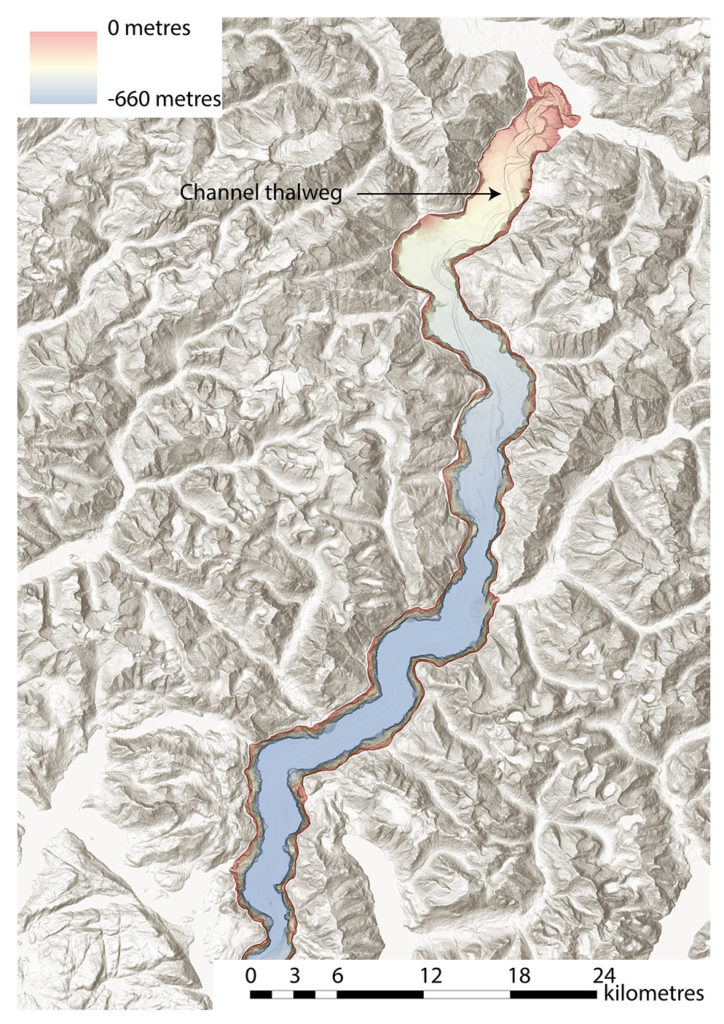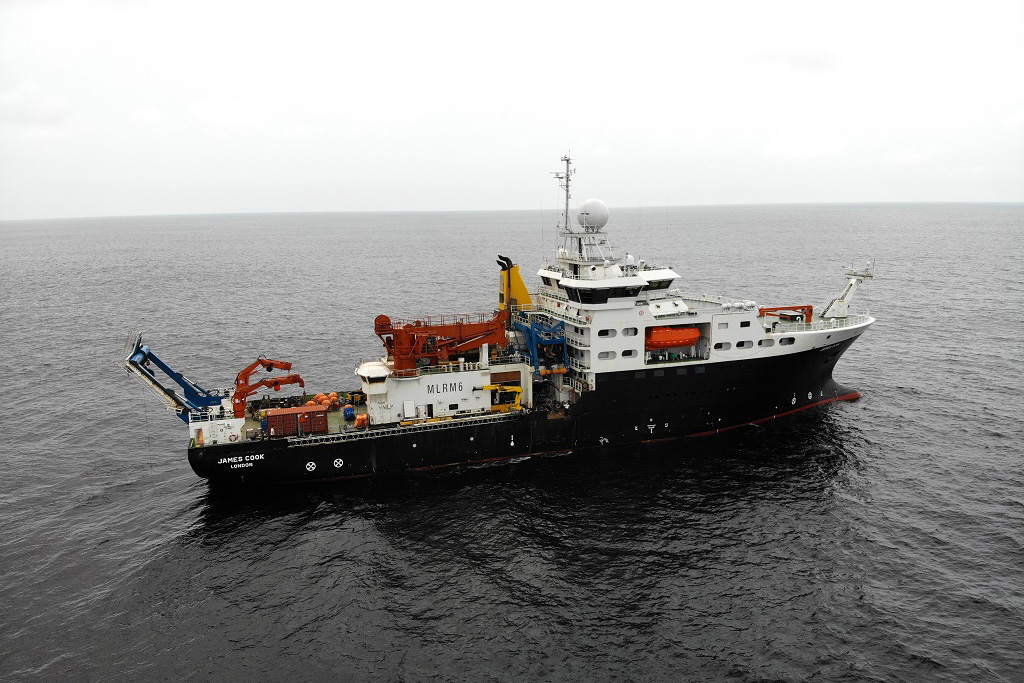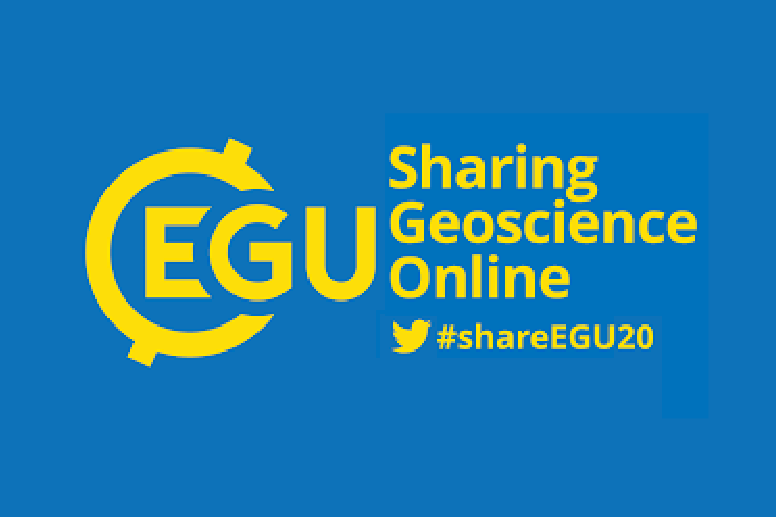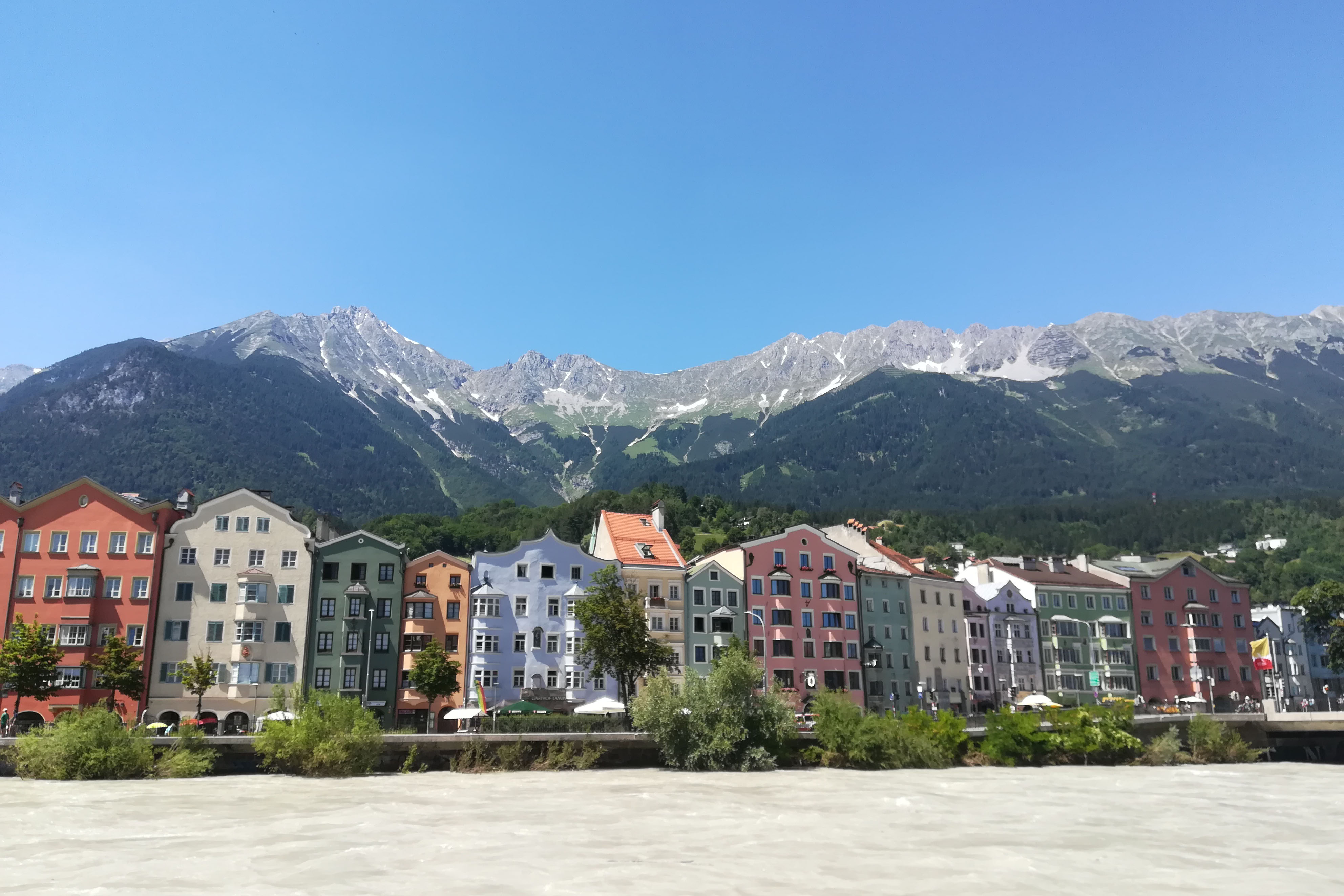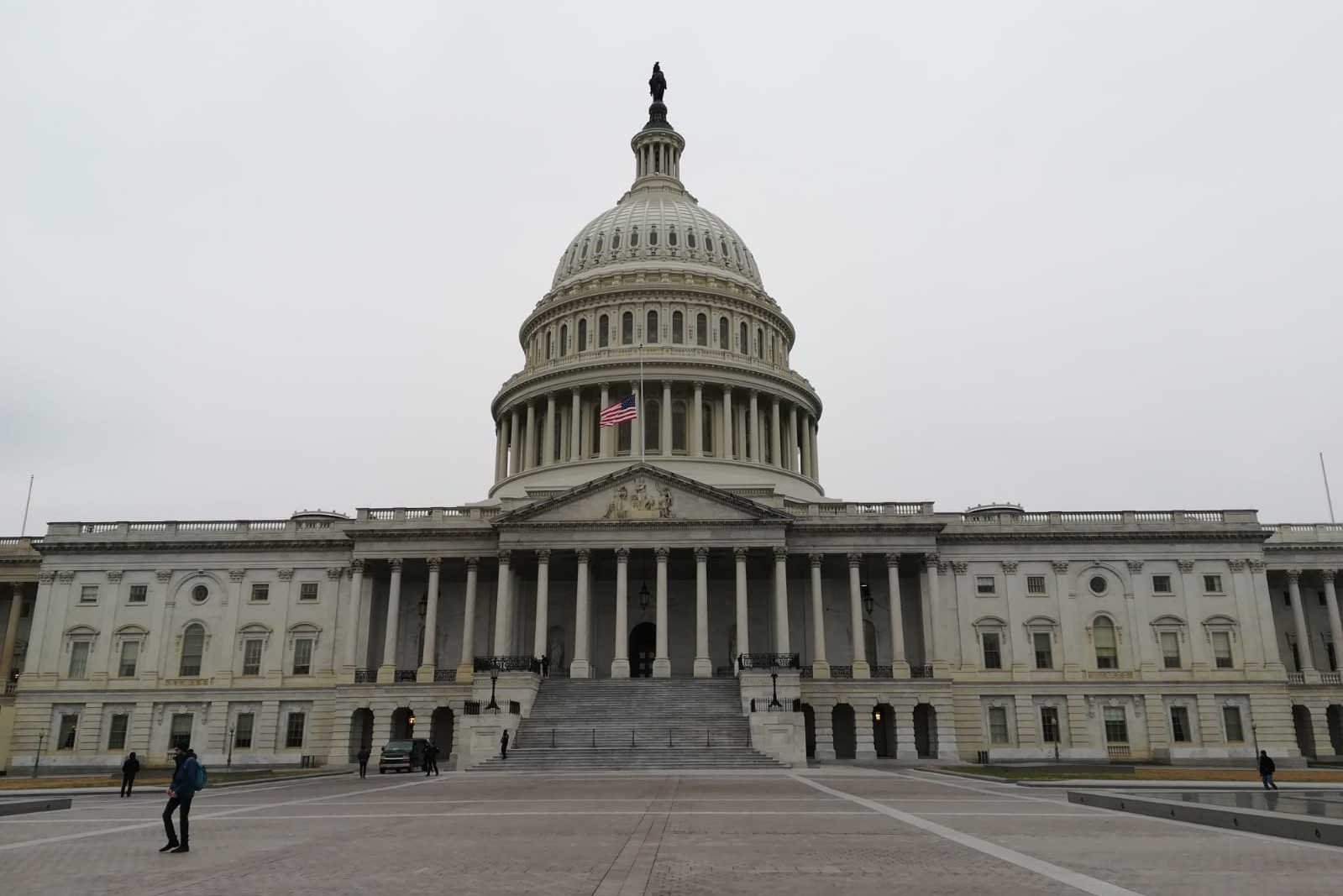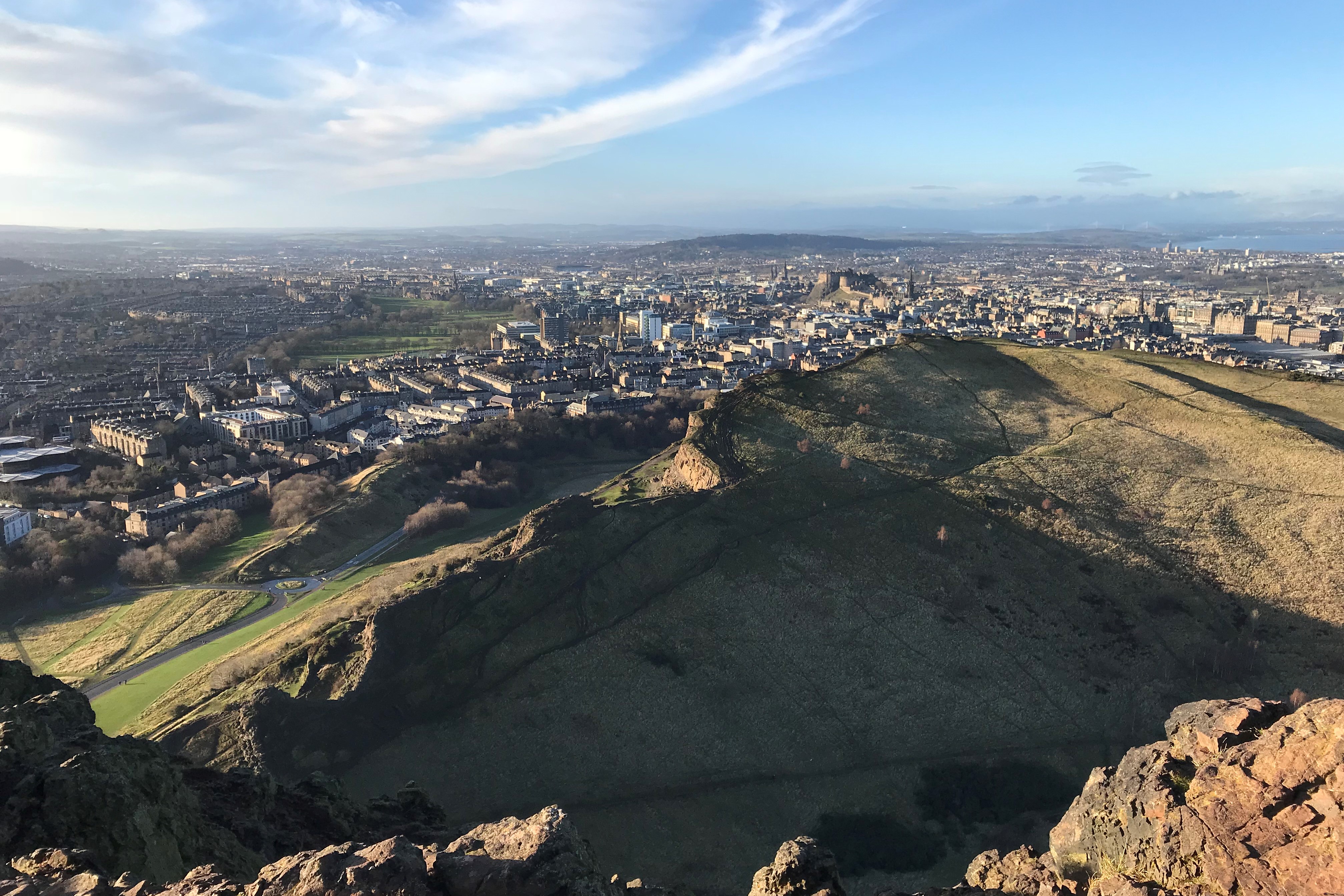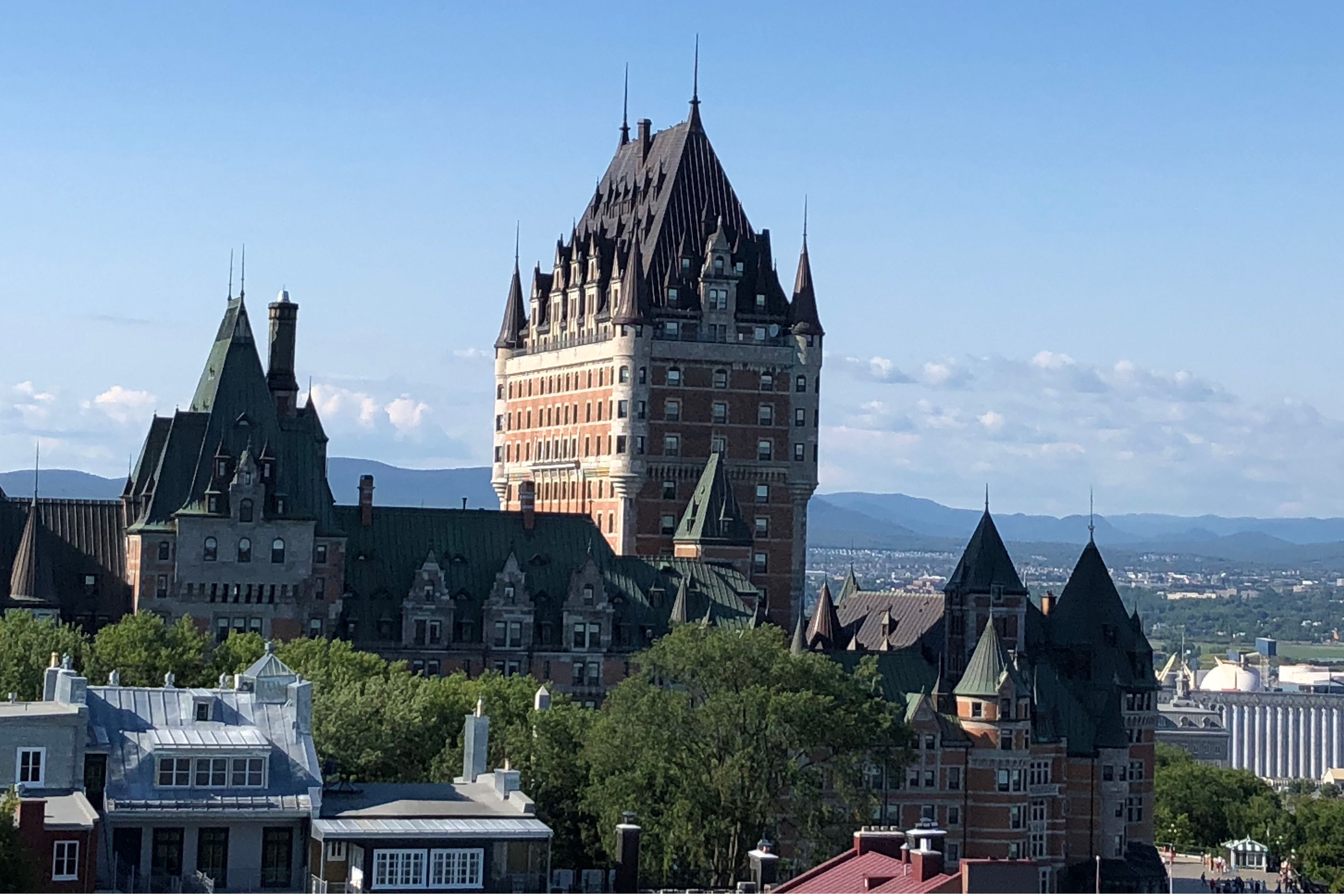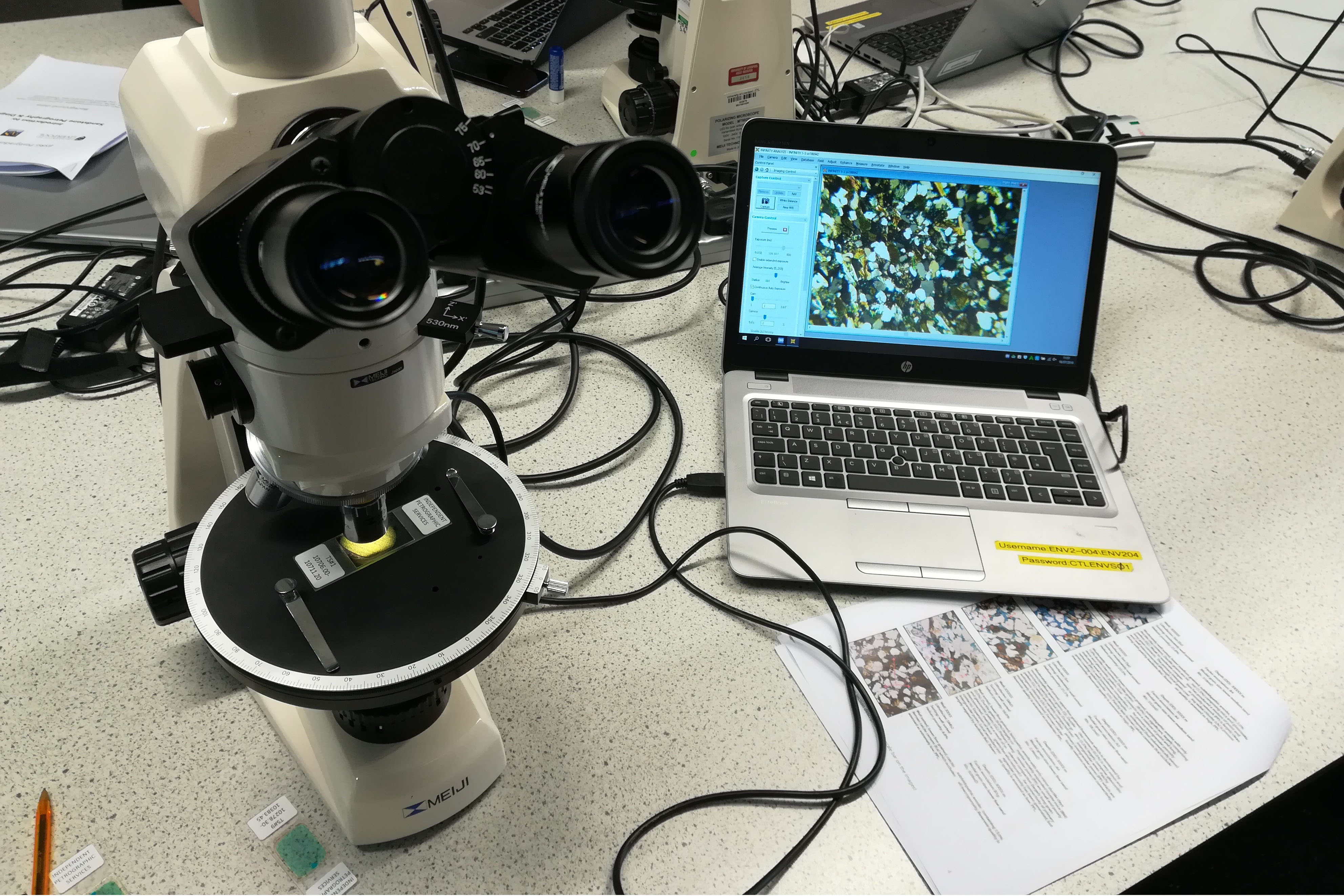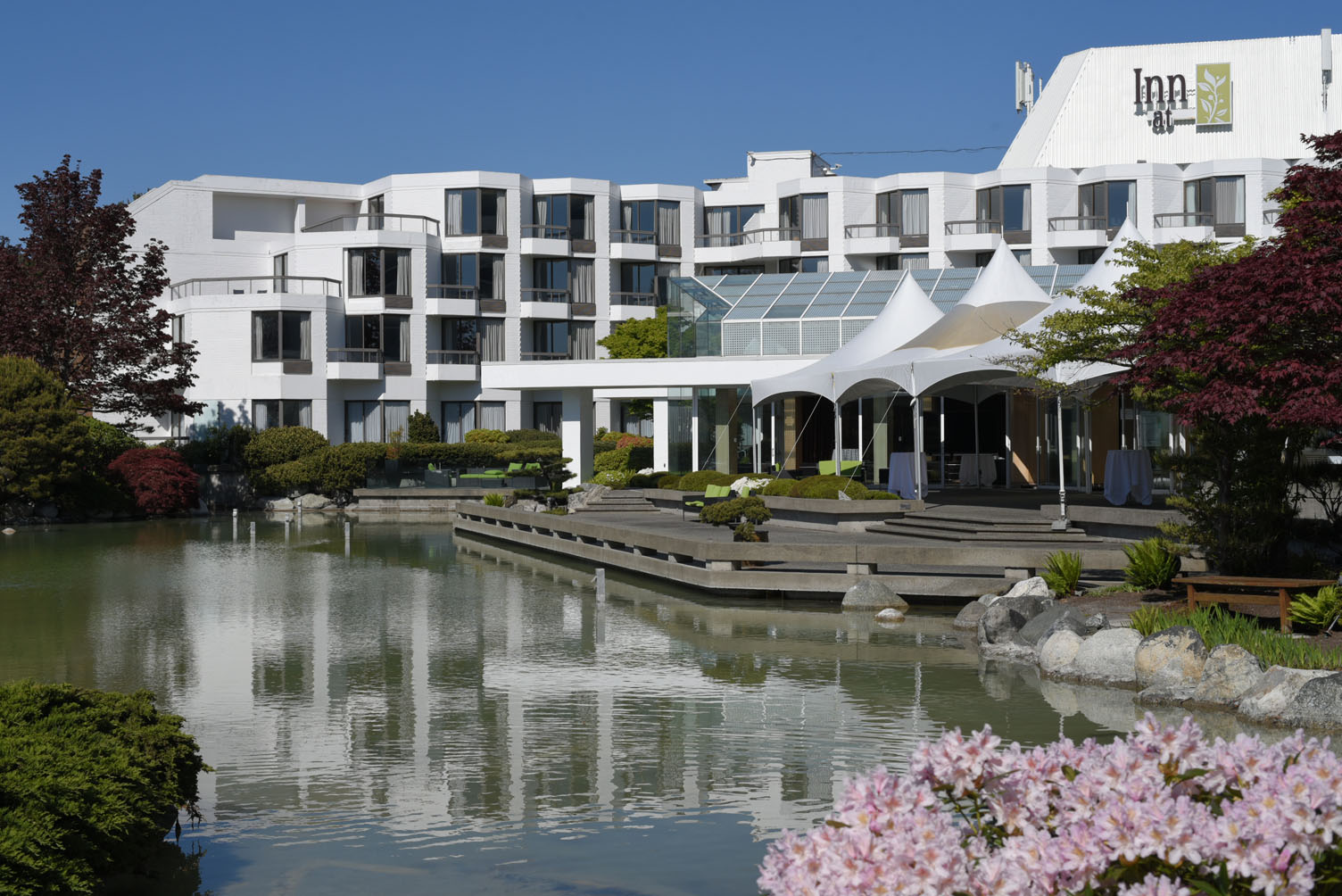
How complete is the record of major earthquakes from submarine and sublacustrine mass flow deposits, and which settings provide the most complete earthquake record?
Maarten Heijnen | NOC Southampton
Research
Submarine landslides can initiate several different types of downslope run-out mass flows. One of the most important type is turbidity currents. These turbulent flows of suspended sediment have shown to pose a hazard to seafloor infrastructure (such as offshore oil and gas, and telecommunication links) and can reveal information about the initiating landslides and its triggering mechanism. The deposits of these flows have been proposed to be a valuable record of these initial triggers, especially earthquakes, since some of the largest mass flows have been triggered by earthquakes.
A better understanding of how and where these deposits are formed, what locations are the most reliable and complete recorders of events, and how a trigger can be distinguished from a deposit is critical to be able to correctly interpret records of submarine mass flows. There have always been remarkably few direct measurements of these turbidity current events, however, new efforts have resulted in some high quality timelapse bathymetry data and direct flow measurements. I will analyse several of these scarce and novel datasets and I will be involved in new expeditions to monitor active turbidity current systems. This project will provide one of the first opportunities to understand how these flows behave, modify the seafloor, and thus, how we can interpret their resultant deposits. This project aims to address three main research aims:
- Understand how submarine channel morphology evolves in response to recurrent turbidity currents that are triggered by submarine landslides. What locations in a turbidity current system can potentially form long-term records of past events?
- How strongly is flow mode controlled by initial trigger? Can we reliably diagnose an earthquake trigger from other triggers?
- To what extent do environmental controls (other than the original trigger) affect flow behaviour and how do flows evolve from proximal to distal?
- Michael Clare (NOC)
- Peter Talling (Durham University)
- Michael Strasser (UIBK)
- James Brown (FUGRO UK)
TEAM
NEWS
2020
@ Sharing Geoscience Online (4-8 May)
ESR 10, ESR 2, ESR 4, ESR 5, ESR 6, ESR 9, News
The biggest geoscience conference in Europe went online this year – but did it work? Read what our ESRs thought about this year’s EGU General Assembly, as conveners, authors/presenters and visitors.
2019
@Washington, D.C., USA
Conferences, ESR 10, News
Maarten (ESR 10) attended the biggest geosciences conference in the world: the AGU Fall Meeting. The conference was held from 10 to 14 December 2018 in Washington, D.C., USA. Maarten presented a poster and attended a wide variety of other sessions. Read about his experiences here!
@ Edinburgh, Scotland (18-19 Dec 2018)
Conferences, ESR 10, ESR 5, ESR 9, News
Kate (ESR5), Ricarda (ESR9) and Maarten (ESR10) participated at the British Sedimentological Research Group Annual Group Meeting (BSRG AGM 2018), which was held the 19th and 20th of December 2018 in Edinburgh, United Kingdom. Read about their experiences of this conference here!
@ CCGS Vector
ESR 10, News
Maarten participated on the second part of a set of two research cruises to Bute Inlet, British Columbia, Canada on the CCGS Vector. Maarten studies real-time turbidity currents, a type of submarine flow that can be the result of landslides, that occur on the bottom of this fjord.
2018
@ Québec, Canada (12-17 August 2018)
Conferences, ESR 10, ESR 4, ESR 6, News
Shray (ESR4), Davide (ESR6) and Maarten (ESR10) participated at the International Sedimentological Congress (ISC) 2018, which was held from 13-17 August in Québec, Canada. Organised every four years by the International Association of Sedimentologists (IAS), they took the chance to present their projects to a large audience. Read more about their experience…
@ University of Liverpool, UK
ESR 10, News
In order to broaden his sedimentological skillset outside of his own PhD project, Maarten took the opportunity to attend the “Sandstone Petrography and Diagenesis” workshop offered by the British Sedimentological Research Group (BSRG) at the University of Liverpool. Read more about his experience in microscopically analysing sandstones.
@ CCGS Vector
ESR 10, ESR 5, News
Kate and Maarten were fortunate enough to be part of a major coordination effort to explore turbidity currents in two fjords in British Columbia, Canada. They share their experience on board of CCGS Vector exploring these fascinating submarine mass flows in an equally fascinating landscape.
@ Victoria, Canada (7-9 May 2018)
ESR 1, ESR 10, ESR 15, ESR 3, ESR 5, News
Rachel, Tugdual and Maddalena share their experience of the 8th International Symposium on Submarine Mass Movements and Their Consequences (ISSMMTC) hosted in Victoria, Canada! This bi-/triannual conference supported by UNESCO’s International Geoscience Programme (IGCP) was a great opportunity for our young scientists to come together and discuss the latest in the growing field of submarine landslide research.

